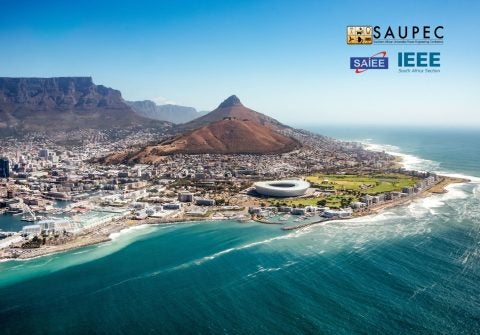Webinar
September 23 2025 | 11:00 - 12:00
From GridLAB-D to Cyber-Physical Co-Simulation: Validating Resilient Control Strategies with HYPERSIM
Join OPAL-RT and Pacific Northwest National Laboratory (PNNL) to discover how cyber-physical co-simulation strengthens grid resilience.
This webinar presents a multi-layer mitigation workflow using GridLAB-D, HYPERSIM, ns-3, and EXata CPS to model power systems, communication networks, and cyber events. Learn how this integrated approach enhances control strategies against both cyber and physical threats.
Type
Webinars
Industry
Power systems
Location
Remote
About the webinar
In this webinar with Pacific Northwest National Laboratory (PNNL), we showcase a multi-layer mitigation use case that demonstrates how cyber-physical co-simulation enhances the development of resilient grid control strategies.
Starting from a GridLAB-D power system model, the workflow transitions into HYPERSIM for real-time simulation, combined with ns-3 and EXata CPS to model communication networks and cyber events. This integrated environment enables the study of resilient response from all hazard (cyber and physical) threats at the fidelity needed for controlling IBR.
The session will cover model attributes, the GridLAB-D to HYPERSIM conversion process, automated communication network generation, and key insights from using co-simulation to strengthen grid resilience.
Meet the presenters
Expert insights from OPAL-RT and Pacific Northwest National Laboratory
Join leading minds from OPAL-RT TECHNOLOGIES and Pacific Northwest National Laboratory (PNNL) as they team up to share their expertise in real-time simulation, cyber-physical systems, and resilient grid control. This joint webinar brings together deep technical knowledge and real-world research to deliver powerful insights you won’t want to miss.

Market Development Manager – Cybersecurity & Grid Digitalization
Louis Raymond

Electrical Engineer (PNNL)
Jan Westman

Senior Data Scientist (PNNL)
Dr. Sumit Purohit

Power System Research Engineer III (PNNL)
Manisha Maharjan
EXata CPS has been specifically designed for real-time performance to allow studies of cyberattacks on power systems through the Communication Network layer of any size and connecting to any number of equipment for HIL and PHIL simulations. This is a discrete event simulation toolkit that considers all the inherent physics-based properties that will affect how the network (either wired or wireless) behaves.




